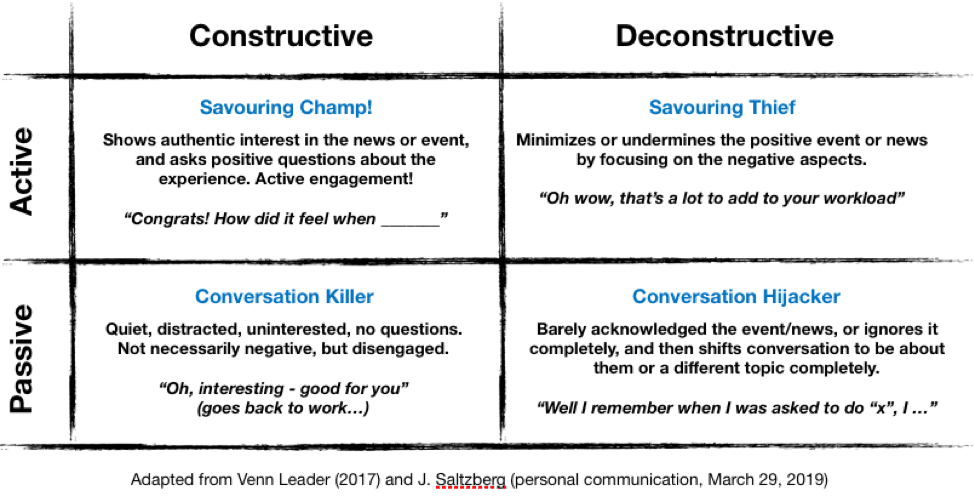STRENGTHENING MEANINGFUL CONNECTIONS
Written by Dana Fulwiler, MEd, MAPP, Ever Active Schools
“When we seek for connection, we restore the world to wholeness. Our seemingly separate lives become meaningful as we discover how truly necessary we are to each other.” – Margaret J. Wheatley
This quote seems particularly relevant right now as we practice physical distancing to keep each other safe and healthy during a pandemic. Reframing our global strategy from “social distancing” to “physical distancing + social connection” allows us to tap into a powerful resource for well-being and resilience: each other.
Relationships and connection have emerged in the research as key factors in building and maintaining well-being. This also means that a lack of connection, and connections that produce negative emotions, can take a toll on us. How can we be intentional about our connections?
Meaningful connections contribute to positive mental health. Research suggests that we move beyond problem-focused approaches to mental health in schools (addressing risk factors and what’s going wrong) to a strength-based approach (building protective factors and what’s going right). It’s not either/or – we need both. It’s important to acknowledge that health involves our capacity to grow and to thrive, not just survive. As explained in the first blog post of this series, this concept helped to launch the field of positive psychology in the late 90s, as clinical psychologist Dr. Martin Seligman believed psychology should be just as concerned with what goes right with people, as it is with what goes wrong.
FOR TEACHERS
Parker Palmer, inspirational educator, author, and activist, suggests that the plethora of uncertainty and complexity in our world can only be navigated in community. Teachers are part of a unique community – one of the best, in my humble opinion! We know what it is to support each other. Strengthening these connections can generate a powerful ripple effect of positive impact for individual and collective well-being, whether we’re at school or working from home.
Right now we are missing the social ecosystem of a school. It’s a huge shift to go from the social buzz of classrooms and school hallways to a Zoom call; though there are still ways to build virtual High Quality Connections (HQCs). HQCs involve mutual energy, responsiveness, engagement, trust and positive regard between people. They are life-giving oxygen, in contrast to low-quality connections we’ve likely all experienced that simply go through the motions of communication, but can be draining (i.e. passive small talk, venting, gossip, etc.)
Research shows several compelling benefits to building HQCs in the workplace! Strong relationships correlate to a longer lifespan and improved creativity, resilience, and learning outcomes. Studies also indicate physiological effects of positive social interactions at work that include strengthening our immune system capacity. One study shows that just the perception of emotional support at work can make a person 2.4 times more likely to live over a 20-year period than those who do not feel they have emotional support. HQCs also have the potential to broaden our thinking, enhance self-image, and increase adaptability, cooperation, job satisfaction and organizational citizenship. Powerful benefits for schools! Even a brief interaction can be an HQC and provide a well-being boost and positive ripple effect.
Active Constructive Responding (ACR) is one way to cultivate HQCs, and can easily be done remotely. ACR is an active, authentic, quick and positive way of responding to others’ good news, rather than destructive or passive responses.
Have you ever shared good news with someone, and their response minimized your excitement, or squashed your joy completely? This makes us unlikely to share good news in the future. ACR helps dilute negativity and prolong positive psychological benefits by capitalizing on positive emotions. And right now, we really need to savour the good when it comes! Research suggests that ACR offers reciprocal benefits for both parties: it can help decrease loneliness and strengthen life satisfaction, subjective well-being, self-esteem, relationships, a sense of belonging and even our memory of the good event.
The chart below illustrates 4 types of responses to others’ good news (ACR is the top left).
ACR is a well-being skill that can contribute to a strong school culture regardless of the setting. The way we respond to others matters, and vice versa! Encourage your colleagues to share their good news without fear of it being minimized or viewed as “braggy”. Especially right now, we can all use more positive moments to savour. It’s important to celebrate each other for everyone’s well-being benefit!
BUILDING REMOTE HIGH QUALITY CONNECTIONS
There’s no shortage of remote-working resources right now. In addition to ACR, I think these tools will continue to be relevant whether we’re working from home or not!
- Asking Questions. Instead of making small talk, start conversations with “big talk”. Dr. Adam Grant cautions against the common question “how are you?”, since it rarely sparks a meaningful conversation and encourages people to share emotions rather than stories and insights. He instead suggests asking about experiences. Below are some starters to consider!
- What’s been your proudest moment this week?
- What are you excited about right now?
- What surprised you this month?
- What’s been your biggest blooper this week? Silver lining?
- What have you learned about yourself?
- What is energizing you right now?
Dr. Jane Dutton researches organizational conditions that enable thriving, and she is the researcher who first studied and introduced the concept of HQCs. She shares 4 categories of intentional questions for building HQCs: questions that 1) convey genuine interest, 2) inject positivity, 3) offer help/assistance, and 4) uncover common ground. Check out her article for suggested questions to try out within each category!
- Jane Dutton also shares strategies to build HQCs specifically during remote working conditions. Below is a snapshot of her suggestions. Click here to learn more.
- Get personal and foster in-depth sharing (consider the questions above!)
- Appreciate each other’s strengths
- Establish clear expectations
- For more ideas and resources on this topic, consider exploring:
- A conversation between Adam Grant and Jane Dutton in which they dive deeper into these strategies.
- New York Times article where Adam Grant discusses the power of reconnecting and rekindling a dormant friendship or connection.
- Center for Positive Organizations’ tips for building relationships amidst physical distancing.
MAKE CONNECTIONS WITH EAS!
- Joy4All – help foster connection and combat social isolation by contributing to our Joy 4 All hotline! Anyone can dial the toll-free number (1-877-JOY-4ALL) and listen to pre-recorded stories, kind messages, jokes, etc. We also invite contributions from children and youth! Please check out the website for more information.
- In the Round Chat Series – EAS is offering opportunities for teachers and school staff to connect on a variety of topics everyduring Thursday at 3 p.m. MST during In the Round Zoom chats. Click the link for more details and registration information!
- Share your success stories and connection ideas! Have a strategy that’s worked well for you, your students and/or school team to cultivate meaningful connection? We’d love to hear about it! Please share your stories with us by emailing dana@everactive.org.
REFERENCES
- Dutton, J. E., & Heaphy, E. D. (2003). The power of high-quality connections. Positive organizational scholarship: Foundations of a new discipline, 3, 263-278.
- Gable S. L. et al. (2004). What do you do when things go right? The intrapersonal and interpersonal benefits of sharing positive events. Journal of Personality and Social Psychology, 87(2), 228-245.
- Gable, S. L., Gonzaga, G. C., & Strachman, A. (2006). Will you be there for me when things go right? Supportive responses to positive event disclosures. Journal of Personality and Social Psychology, 91(5), 904-917.
- Gable S. L., & Reis H. T. (2010). Good news! Capitalizing on positive events in an interpersonal context. Advances in Experimental Social Psychology. 42, 195-257.
- Heaphy, E. D., & Dutton, J. E. (2008). Positive social interactions and the human body at work: Linking organizations and physiology. Academy of Management Review, 33(1), 137-162.
- Holt-Lunstad, J., Smith, T. B., & Layton, J. B. (2010). Social relationships and mortality risk: A meta-analytic review. PLOS Medicine, 7(7), e1000316
- Morrison, W., & Peterson, P. (2013). Schools as a setting for positive mental health (2nd edition). Charlottetown, PE: Pan-Canadian JCSH. Retrieved from http://www.jcsh-cces.ca/upload/JCSH%20Best%20Practice_Eng_Jan21.pdf
- Palmer, P. (2016, September 22). The inner life of rebellion. Retrieved from https://onbeing.org/programs/parker-palmer-courtney-martin-the-inner-life-of-rebellion/
- Reis et al. (2010). Are you happy for me? How sharing positive events with others provides personal and interpersonal benefits. Journal of Personality and Social Psychology, 99(2), 311-329.
- Shirom, A., Toker, S., Alkaly, Y., Jacobson, O., & Balicer, R. (2011). Work-based predictors of mortality: A 20-year follow-up of healthy employees. Health Psychology, 30(3), 268-275.



